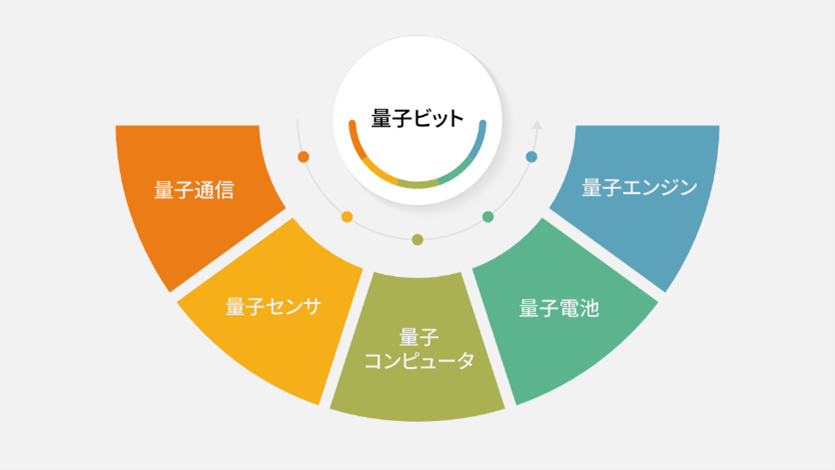2025-03-11 九州大学
<関連情報>
- https://www.kyushu-u.ac.jp/ja/researches/view/1228
- https://www.kyushu-u.ac.jp/f/60873/25_0311_01.pdf
- https://advanced.onlinelibrary.wiley.com/doi/10.1002/adfm.202423877
固体シリコン電池の劣化に及ぼす圧力と膨張の役割: 粒子動力学における電気化学の実装 Role of Pressure and Expansion on the Degradation in Solid-State Silicon Batteries: Implementing Electrochemistry in Particle Dynamics
Magnus So, Takeru Yano, Agnesia Permatasari, Van Lap Nguyen, Gen Inoue
Advanced Functional Materials Published: 09 February 2025
DOI:https://doi.org/10.1002/adfm.202423877

Abstract
To advance the understanding of the mechanical degradation in silicon (Si) anodes, an electrochemical particle simulation model employing the discrete element method is developed. This model integrates lithium-ion (Li-ion) transfer, electrochemical reactions, and charge expansion into a particle physics depiction of a Si anode half-cell. The impact of fabrication pressures and stack pressure on the contact area, cell voltage, and degradation is examined. The charge performance primarily depends on stress overpotential and Li-ion conduction. Conversely, the discharge performance is chiefly constrained by Li-ion conduction, percolation of the electron conducting network, and bottleneck diffusion resistance in areas with minimal contact between the active material (AM) and solid electrolyte (SE). These resistances are markedly reduced by elevating fabrication pressure, which decrease porosity and mitigate delamination between AM and SE. Furthermore, the dynamics of isobaric expansion differ from the constrained case, with the porosity and Li-ion conduction resistance notably increasing alongside the state of charge. The insights gained from this study establish a robust foundation for enhancing the performance and longevity of Si all-solid-state batteries anodes.



